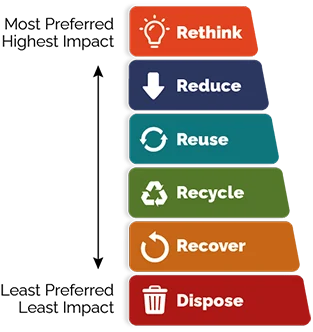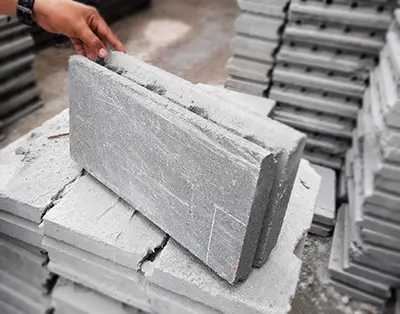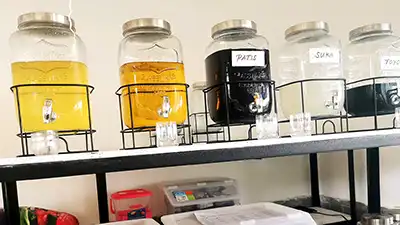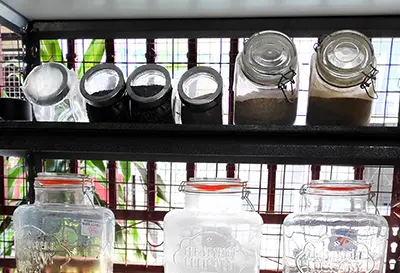Sustainability
Our commitment
We are aligned with the UN Sustainable Development Goals to end poverty while tackling social, economic, and environmental challenges for a brighter, more prosperous future for all.
Dana Asia shares in the collective responsibility to work towards a just and culturally respectful world where everyone collectively works towards to reduce inequalities within a socially-responsible economy that promotes sustainability and environmental best-practice.
Though indirectly working towards all 17 Goals, Dana Asia has identified 10 specific areas of focus within the SDGs:
TIP: Use the_ + _icons on the infographic to reveal more about our work on specific Sustainable Development Goals.


Some words on Dana Asia’s commitment to sustainability from CEO Duncan Power:
“We strive in all our work to ensure the generosity and intent of our donors, NGO partners and ESG/CSR sponsors translates into meaningful and measurable social and economic impact in the communities we serve. Dana Asia’s team is highly attuned to the collective sustainability imperative for all, so environmentally sensitive practices are kept front and centre in all that we do. We seek to grow and expand our social business and education program delivery capability, and work tirelessly and passionately for continuous improvement in every project we undertake. The empowerment of women and girls – by addressing the root causes of inequality of economic opportunity and education – is paramount.”
Taking a stand against plastic waste
Plastic pollution is a global problem and will require a global effort to address. According to the International Union for Conservation of Nature (IUCN), over 300 million metric tons of plastic is produced globally each year, with around 50% being for single-use purposes. Of that, 14 million tons end up in the ocean every year making up 80% of all marine debris.
In the Philippines, an estimated 3.5 million tons of plastic waste is generated every year, of which only 9% is recycled. Most of this waste is single-use plastics, the majority of which end up in landfill, dumpsites, or waterways. One of the biggest offenders in this plastic contribution are sari-sari stores. Sari-sari stores are small convenience stores that can be found on every street corner in the Philippines. The majority of products are sold in plastic sachets, targeting low-income customers who can only afford to purchase in tiny amounts. 163 million sachets are used in the Philippines each day, most of which are not recycled and end up in waterways or landfill.
A study by The Ocean Cleanup between 2017 and 2020 exposed Manila’s Pasig River as the top contributor of plastic wastes into the ocean out of 1,600 polluting rivers globally. This 27-kilometre long river contributes over 63,000 tons of plastics to the ocean every year, which passes through Manila Bay into the ocean. An estimated 70% of plastic waste in the river is single-use plastics.
Dana Asia’s proactive action
While recycling is a common action against plastic pollution, the best way to combat this crisis is to rethink the way we use plastic and reduce single-use plastic use.

Three initiatives that tackle plastic:

Eco Hub
Accepting that plastic waste is unavoidable, the Eco Hub works with local communities and government units in the Philippines to coordinate plastic waste collection and transportation to the recycling facility which processes the waste plastics into sustainable building materials such as eco bricks and eco pavers.

Eco Store
Adopting the “rethink” approach, the eco store practices a zero-waste retailing model to avoid the use of plastic altogether. First opened in October 2022, Dana Asia’s pilot eco store stocks over 50 basic refill items and has seen a 38% reduction in plastic waste consumption by patrons of the store. In addition, the 150 regular patrons have enjoyed a 10% reduction in the cost of basic goods in a positive step towards poverty alleviation.

Sustainable Microfinance
Working with our microfinance partner, Grameen Pilipinas Microfinance Inc., we are developing microfinance products that encourage the establishment of sustainable businesses, such as eco sari-sari stores. The eco sari-sari store loan provides capital for store owners to bulk purchase refill products and replace popular sachet products, such as coffee or cooking oil, with the refill alternative. Simply switching sachet products with refill alternatives can help to reduce plastic waste.
